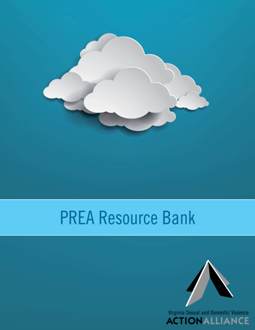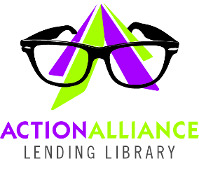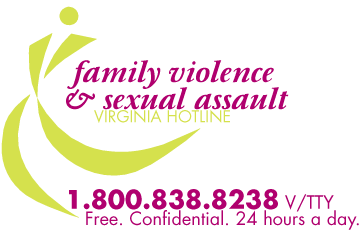Resources Library: Corrections
Start a Search:
Indigenous land acknowledgement - Why is it important?
Native Governance Center co-hosted an Indigenous land acknowledgment event with the Lower Phalen Creek Project on Indigenous Peoples’ Day 2019 (October 14). The event featured many panelists: Dr. Kate Beane (Flandreau Santee Dakota and Muskogee Creek), Mary Lyons (Leech Lake Band of Ojibwe), Rose Whipple (Isanti Dakota and Ho-Chunk), Rhiana Yazzie (Diné), and Cantemaza (Neil) McKay (Spirit Lake Dakota). From this event, they created this handy guide to understanding Indigenous land acknowledgment and why it is so important, based on panelists’ responses.
Click here for more on indigenous land acknowledgement.
Native Governance Center is a Native-led nonprofit working to inspire, celebrate, and support Native nation building. They assist Tribal Nations in strengthening their systems of governance and their capacities to exercise their sovereignty. For more information and resources, visit their website at www.nativegov.org.
Intersectionality of Forced Marriage with Other Forms of Abuse in the United States
In the United States, forced marriage can impact individuals of any age, gender, socio-economic status, ethnic or religious background. In a 2011 survey, service providers in the U.S. (primarily legal and social service agencies in the domestic violence and sexual assault field but also including law enforcement, school and university staff, counselors and other legal professionals) reported encountering as many as 3,000 known or suspected cases of forced marriage (Tahirih Justice Center, 2011). The current article is a follow up looking at the intersectionality of other forms of abuse and forced marriage.
Liberatory Practices for Accountability Across the Social Ecological Model

What does accountability look like without punishment, isolation, and shaming?
What are the shifts we can make in ourselves, our relationships, communities, and as a society to move from punishment to true accountability, which builds connection and encourages growth?
This infographic, created for the Action Alliance webinar series, “Reimagining Our Legacy: Transforming from Criminalization to Liberation”, seeks to offer a few ways in which we can practice methods of accountability that liberate us from punishment and harm and move us toward healing and connection.
Power and Control Wheel: Abuse in Later Life
The Power and Control Wheel is a tool that helps explain the different ways an abusive partner can use power and control to manipulate a relationship. During 2005, NCALL staff asked facilitators of older abused women’s support groups to have participants review the Duluth Domestic Abuse Intervention Project’s Power and Control Wheel. Over 50 survivors from eight states responded. NCALL created this Abuse in Later Life Wheel from their input.
In addition to the tactics on the wheel, many offenders justify or minimize the abuse and deny that they are abusive. Perpetrators of abuse in later life may make comments like “she’s just too difficult to care for” or “he abused me as a child” to blame the victim, or try to minimize the abuse by stating the victim bruises easily or injuries are the incidental result of providing care.
PREA Part 1: What is the Prison Rape Elimination Act (PREA) Resource Bank?

If you are an advocate or an employee of a correctional facility or a juvenile detention facility, this online Resource Bank is for you – here you will find a collection of essential PREA resources, research, toolkits, templates, training, and more.
What is PREA?
PREA is the first United States federal law dealing with the sexual abuse/assault of people who are incarcerated. The intention of PREA is to address the prevention, reduction, and elimination of sexual assault and rape within all correction settings, including juvenile facilities.
Let’s Be Effective: Integration, Coordination, Consistency
If PREA is to be effective, it is critical that the key stakeholders implementing the standards and providing services for the people who are incarcerated do so in an integrated and coordinated way.
The PREA Resource Bank is designed to address a variety of perspectives and disciplines while also providing tools and resources focused on integrating and coordinating the multiple points of contact that a person who is incarcerated will encounter.
This Resource Bank is divided into 7 sections: 1. Back to Basics 2. PREA in Practice 3. Special Populations 4. Advocacy in Focus 5. Corrections in Focus 6. Key Reports & Research and 7. Training on Demand. In the Related Resources section at the bottom of this page, you can click on each section.
REQUEST TRAINING: Training and Technical Assistance. The Action Alliance Training Institute offers Training on Request and Technical Assistance on PREA. For more information: http://www.vsdvalliance.org/#/training/by-request.


